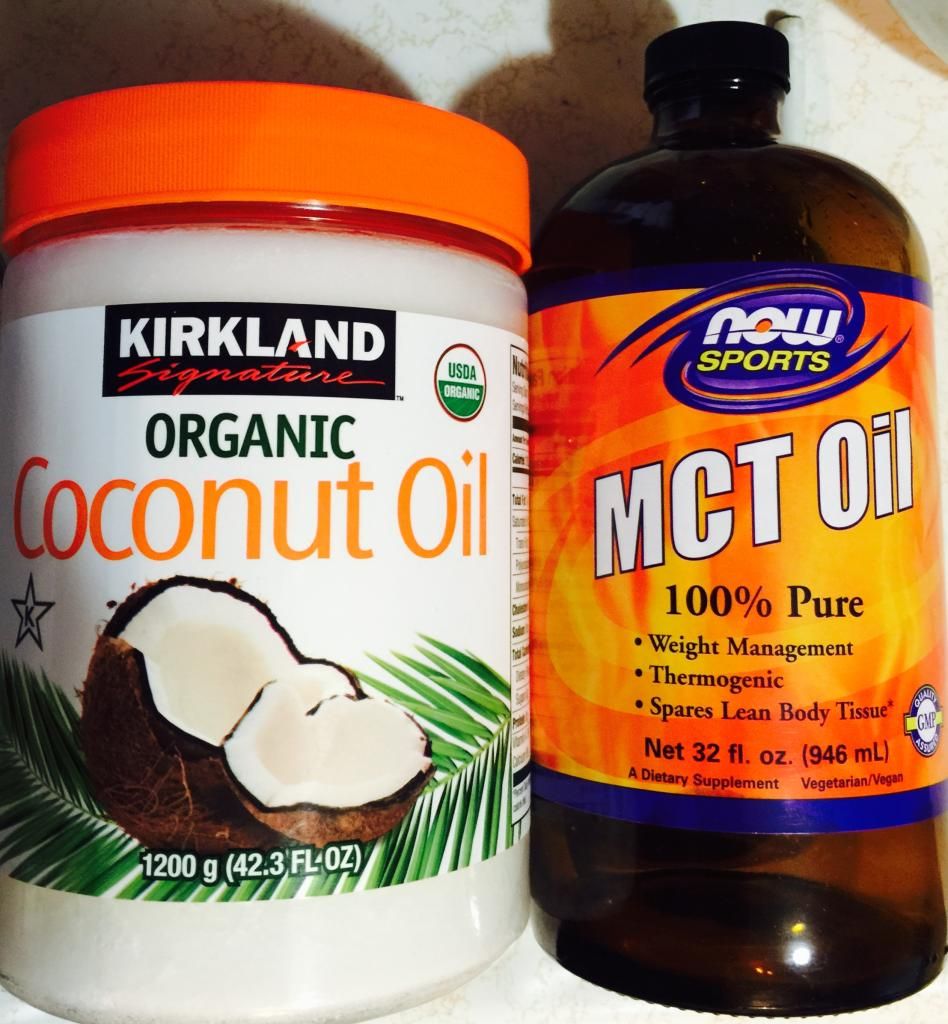nrerras
New member
- Awards
- 0
Ok I am not expert on this just going on what little knowledge I have, but first Saturated Fats around for hormonal production, that one I have no problem with but when get other fats in my diet I am not a believer in this canola oil, soy bean oil, sun flower oil, peanut oil, I feel olive oil and flax seed are better, and will not cause as much estrogen as the first three oils, this is just my opinion. Any what to talk about the fats and which ones affect estrogen more and store more as fat and which ones are best for joint health, please join in.

